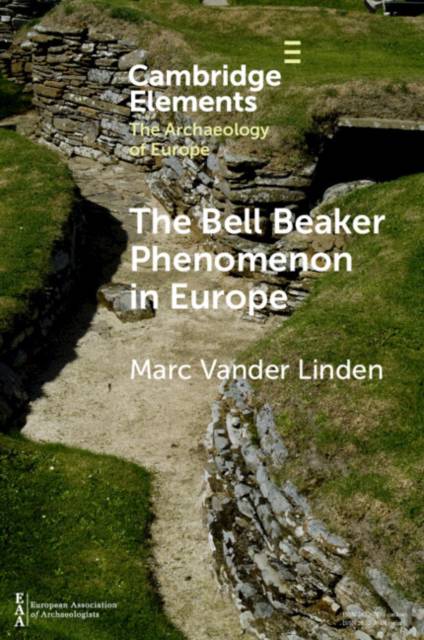
- Afhalen na 1 uur in een winkel met voorraad
- Gratis thuislevering in België vanaf € 30
- Ruim aanbod met 7 miljoen producten
- Afhalen na 1 uur in een winkel met voorraad
- Gratis thuislevering in België vanaf € 30
- Ruim aanbod met 7 miljoen producten
Zoeken
€ 33,45
+ 66 punten
Uitvoering
Omschrijving
Covering vast swathes of Europe, the Bell Beaker Phenomenon has enjoyed a privileged status in the history of archaeology and is often referred to as a key period in the transition from the Neolithic to the Bronze Age partly due to the emergence of social élites. After a brief presentation of the historiography of the Bell Beaker phenomenon, this Element offers a synthetic account of the available evidence structured on a regional basis. Following the renewed interest in human mobility generated by stable isotopes and ancient DNA studies, the central thesis developed here is that the Bell Beaker Phenomenon can adequately be described as a metapopulation, a concept borrowed from population ecology. This title is also available as Open Access on Cambridge Core.
Specificaties
Betrokkenen
- Auteur(s):
- Uitgeverij:
Inhoud
- Aantal bladzijden:
- 96
- Taal:
- Engels
- Reeks:
Eigenschappen
- Productcode (EAN):
- 9781009496865
- Verschijningsdatum:
- 21/03/2024
- Uitvoering:
- Paperback
- Formaat:
- Trade paperback (VS)
- Afmetingen:
- 152 mm x 229 mm
- Gewicht:
- 140 g

Alleen bij Standaard Boekhandel
+ 66 punten op je klantenkaart van Standaard Boekhandel
Beoordelingen
We publiceren alleen reviews die voldoen aan de voorwaarden voor reviews. Bekijk onze voorwaarden voor reviews.








